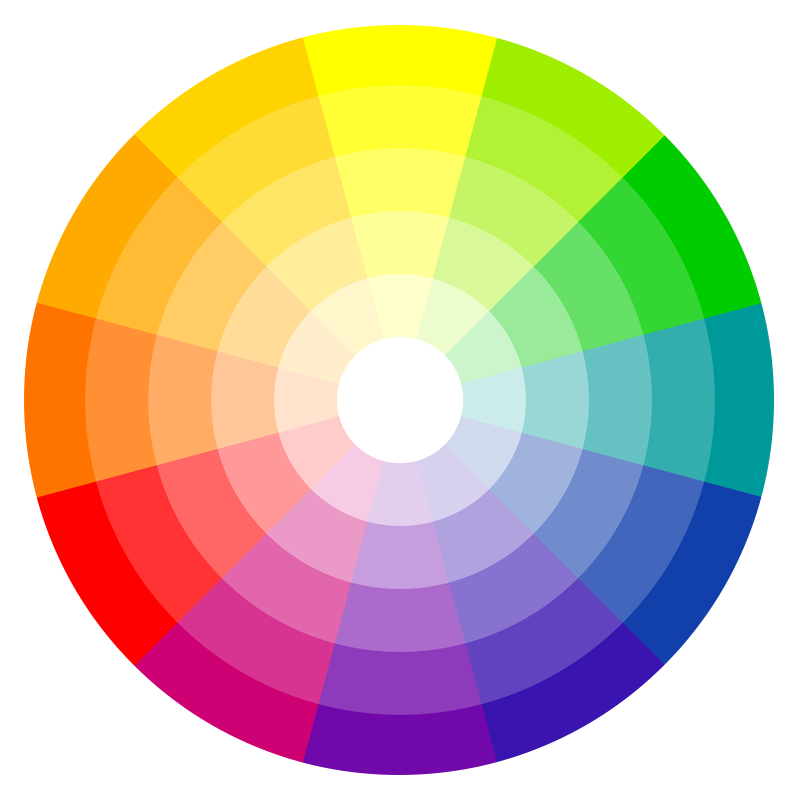
How Do People With Colour Blindness See The Logos Of Popular Brands?

Methodology:
We've compiled a list of 100 most popular UK brands who are currently active on Instagram. We analysed all Instagram posts within the first month of lockdown (23rd March - 23rd April 2020) as well as the same period the previous year. We categorised all posts using two main metrics: Empathetic and neutral.
Brands were picked based on their popularity and ratings, rated by YouGov. We also selected our top 100 brands based on activity and amount of followers on Instagram.
All figures quoted and used for calculations are rounded to the nearest whole number.
Sources:
https://yougov.co.uk/topics/overview/ratings
https://www.instagram.com/
In Britain today, there are over 3 million colourblind people which is around 4.5% of the entire population. With this in mind, it is important that we factor in these people when it comes to designing all marketing avenues, be it online, TV, print and various other marketing efforts.
Types of Colour Blindness
Select one of the colour blindness types from the list below to view the page from that perspective.
Most colour blind people are able to see things as clearly as anyone else but they often struggle with a variety of colours. The colours which are often affected are; red, green and blue.
Although there are different types of colour blindness, in some extreme and rare cases, people are unable to see any colour at all.

So What Does This Mean For Brand Logos And People With
Colour Blindness?
Select one of the colour blindness types below to view the logos from that perspective.












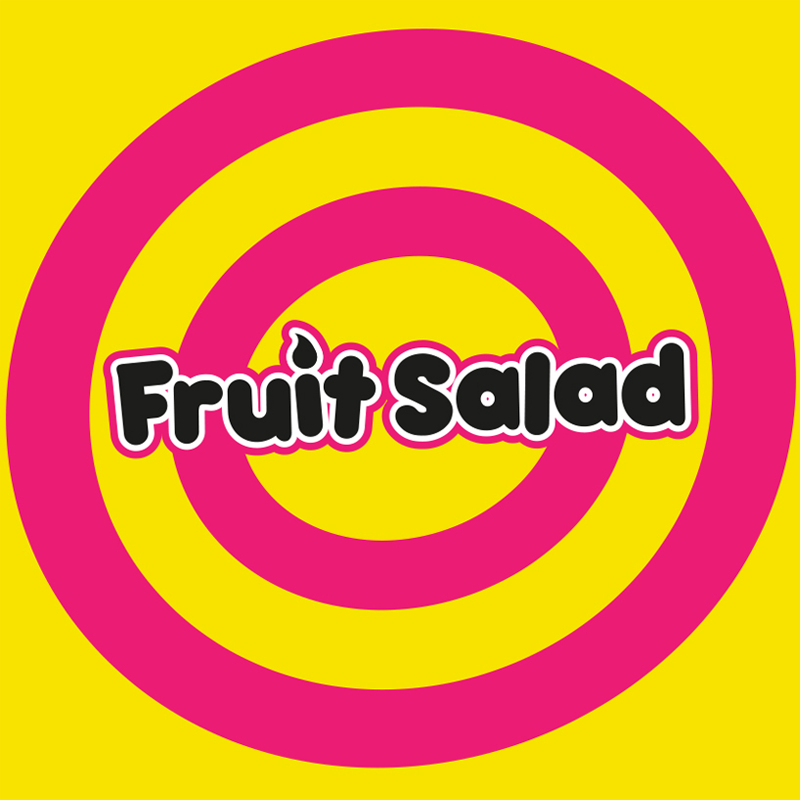


















Colour Blindness Explained
Whether you know someone who is colour blind, or just want to educate yourself, colour blindness means that certain colours aren't seen in the way most people see them, and in some rare cases colour may not be seen at all. Below we take a look at the different types of colour blindness:
Deuteranomaly - Deuteranomaly is the most common type of red-green colour blindness. This particular type of colour blindness makes green look more red. This type is mild and doesn't usually get in the way of normal activities.
Protanomaly - Protanomaly makes red look more green and less bright. Similar to Deuteranomaly this type is mild and usually doesn't get in the way of normal activities.
Protanopia and Deuteranopia - Both Protanopia and Deuteranopia make you unable to tell the difference between red and green.
Tritanomaly - Tritanomaly typically makes it hard to tell the difference between blue and green, and between yellow and red.
Tritanopia - Tritanopia makes you unable to tell the difference between blue and green, purple and red, and yellow and pink. It also makes the colours look less bright.
Monochromacy - Monochromacy is when you have complete colour blindness and you can't see colours at all. This is quite rare and depending on the type, you may also have trouble seeing clearly and you may be more sensitive to light.

How Do People With Colour Blindness See The Logos Of Popular Brands?

Methodology:
We've compiled a list of 100 most popular UK brands who are currently active on Instagram. We analysed all Instagram posts within the first month of lockdown (23rd March - 23rd April 2020) as well as the same period the previous year. We categorised all posts using two main metrics: Empathetic and neutral.
Brands were picked based on their popularity and ratings, rated by YouGov. We also selected our top 100 brands based on activity and amount of followers on Instagram.
All figures quoted and used for calculations are rounded to the nearest whole number.
Sources:
https://yougov.co.uk/topics/overview/ratings
https://www.instagram.com/
In Britain today, there are over 3 million colourblind people which is around 4.5% of the entire population. With this in mind, it is important that we factor in these people when it comes to designing all marketing avenues, be it online, TV, print and various other marketing efforts.
Types of Colour Blindness
Select one of the colour blindness types from the list below to view the page from that perspective.
and Yellow and Red
Purple and Red, and Yellow and Pink
Most colour blind people are able to see things as clearly as anyone else but they often struggle with a variety of colours. The colours which are often affected are; red, green and blue.
Although there are different types of colour blindness, in some extreme and rare cases, people are unable to see any colour at all.

So What Does This Mean For Brand Logos And People With
Colour Blindness?
Select one of the colour blindness types below to view the logos from that perspective.












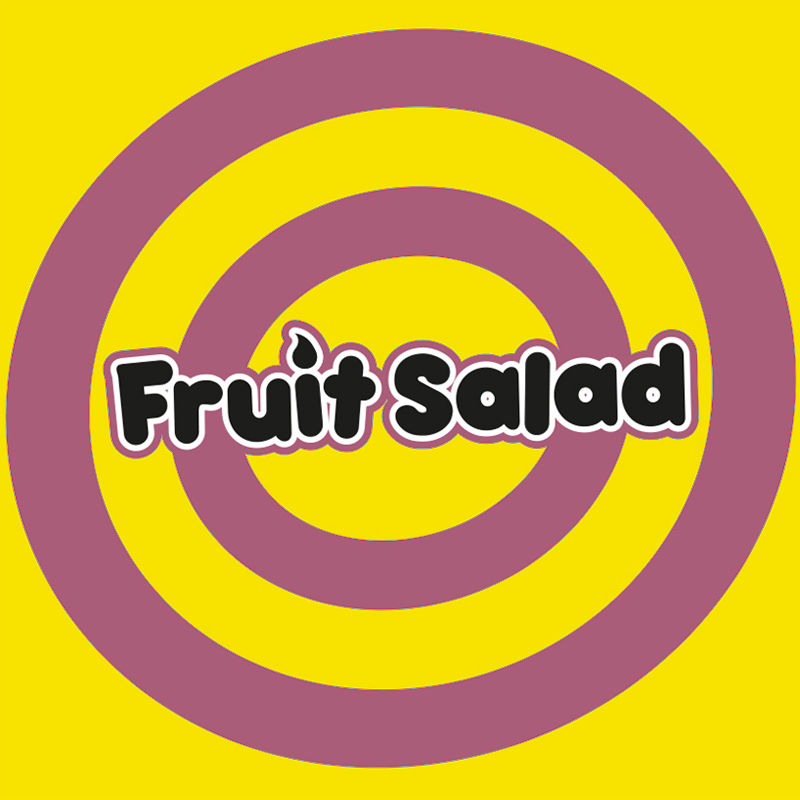


















Colour Blindness Explained
Whether you know someone who is colour blind, or just want to educate yourself, colour blindness means that certain colours aren't seen in the way most people see them, and in some rare cases colour may not be seen at all. Below we take a look at the different types of colour blindness:
Deuteranomaly - Deuteranomaly is the most common type of red-green colour blindness. This particular type of colour blindness makes green look more red. This type is mild and doesn't usually get in the way of normal activities.
Protanomaly - Protanomaly makes red look more green and less bright. Similar to Deuteranomaly this type is mild and usually doesn't get in the way of normal activities.
Protanopia and Deuteranopia - Both Protanopia and Deuteranopia make you unable to tell the difference between red and green.
Tritanomaly - Tritanomaly typically makes it hard to tell the difference between blue and green, and between yellow and red.
Tritanopia - Tritanopia makes you unable to tell the difference between blue and green, purple and red, and yellow and pink. It also makes the colours look less bright.
Monochromacy - Monochromacy is when you have complete colour blindness and you can't see colours at all. This is quite rare and depending on the type, you may also have trouble seeing clearly and you may be more sensitive to light.

How Do People With Colour Blindness See The Logos Of Popular Brands?

Methodology:
We've compiled a list of 100 most popular UK brands who are currently active on Instagram. We analysed all Instagram posts within the first month of lockdown (23rd March - 23rd April 2020) as well as the same period the previous year. We categorised all posts using two main metrics: Empathetic and neutral.
Brands were picked based on their popularity and ratings, rated by YouGov. We also selected our top 100 brands based on activity and amount of followers on Instagram.
All figures quoted and used for calculations are rounded to the nearest whole number.
Sources:
https://yougov.co.uk/topics/overview/ratings
https://www.instagram.com/
In Britain today, there are over 3 million colourblind people which is around 4.5% of the entire population. With this in mind, it is important that we factor in these people when it comes to designing all marketing avenues, be it online, TV, print and various other marketing efforts.
Types of Colour Blindness
Select one of the colour blindness types from the list below to view the page from that perspective.
and Yellow and Red
Purple and Red, and Yellow and Pink
Most colour blind people are able to see things as clearly as anyone else but they often struggle with a variety of colours. The colours which are often affected are; red, green and blue.
Although there are different types of colour blindness, in some extreme and rare cases, people are unable to see any colour at all.

So What Does This Mean For Brand Logos And People With
Colour Blindness?
Select one of the colour blindness types below to view the logos from that perspective.































Colour Blindness Explained
Whether you know someone who is colour blind, or just want to educate yourself, colour blindness means that certain colours aren't seen in the way most people see them, and in some rare cases colour may not be seen at all. Below we take a look at the different types of colour blindness:
Deuteranomaly - Deuteranomaly is the most common type of red-green colour blindness. This particular type of colour blindness makes green look more red. This type is mild and doesn't usually get in the way of normal activities.
Protanomaly - Protanomaly makes red look more green and less bright. Similar to Deuteranomaly this type is mild and usually doesn't get in the way of normal activities.
Protanopia and Deuteranopia - Both Protanopia and Deuteranopia make you unable to tell the difference between red and green.
Tritanomaly - Tritanomaly typically makes it hard to tell the difference between blue and green, and between yellow and red.
Tritanopia - Tritanopia makes you unable to tell the difference between blue and green, purple and red, and yellow and pink. It also makes the colours look less bright.
Monochromacy - Monochromacy is when you have complete colour blindness and you can't see colours at all. This is quite rare and depending on the type, you may also have trouble seeing clearly and you may be more sensitive to light.
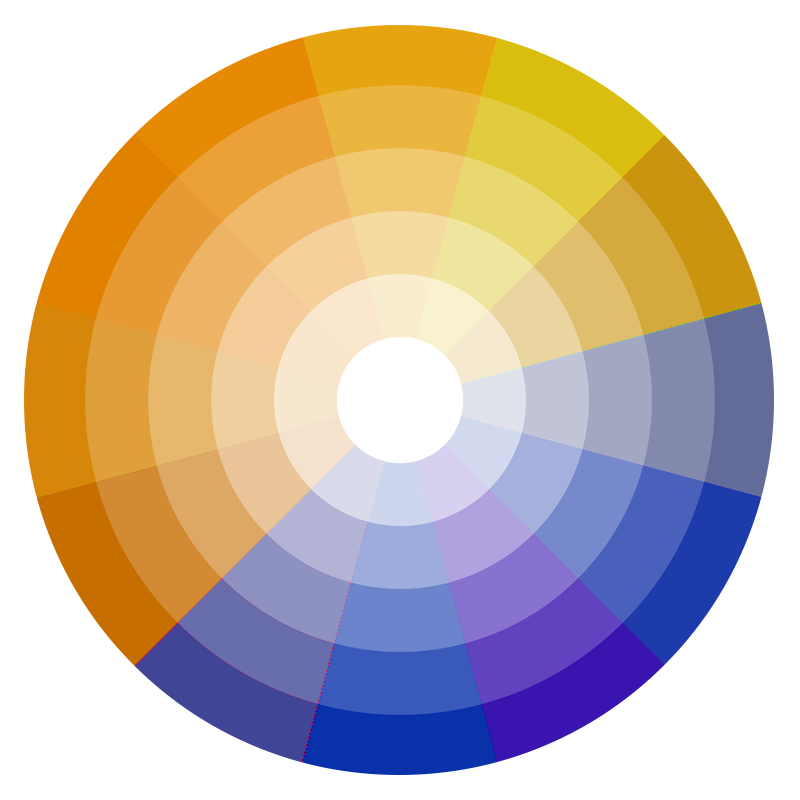
How Do People With Colour Blindness See The Logos Of Popular Brands?

Methodology:
We've compiled a list of 100 most popular UK brands who are currently active on Instagram. We analysed all Instagram posts within the first month of lockdown (23rd March - 23rd April 2020) as well as the same period the previous year. We categorised all posts using two main metrics: Empathetic and neutral.
Brands were picked based on their popularity and ratings, rated by YouGov. We also selected our top 100 brands based on activity and amount of followers on Instagram.
All figures quoted and used for calculations are rounded to the nearest whole number.
Sources:
https://yougov.co.uk/topics/overview/ratings
https://www.instagram.com/
In Britain today, there are over 3 million colourblind people which is around 4.5% of the entire population. With this in mind, it is important that we factor in these people when it comes to designing all marketing avenues, be it online, TV, print and various other marketing efforts.
Types of Colour Blindness
Select one of the colour blindness types from the list below to view the page from that perspective.
and Yellow and Red
Purple and Red, and Yellow and Pink
Most colour blind people are able to see things as clearly as anyone else but they often struggle with a variety of colours. The colours which are often affected are; red, green and blue.
Although there are different types of colour blindness, in some extreme and rare cases, people are unable to see any colour at all.

So What Does This Mean For Brand Logos And People With
Colour Blindness?
Select one of the colour blindness types below to view the logos from that perspective.

















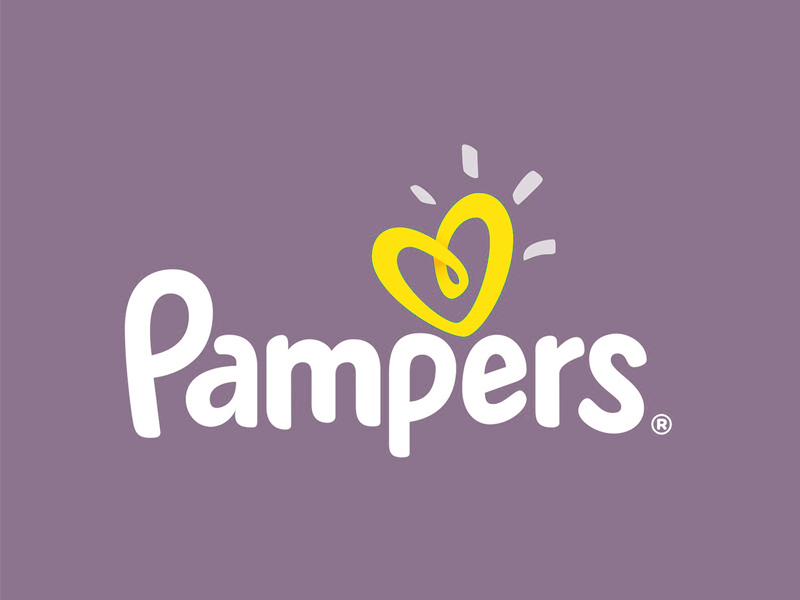













Colour Blindness Explained
Whether you know someone who is colour blind, or just want to educate yourself, colour blindness means that certain colours aren't seen in the way most people see them, and in some rare cases colour may not be seen at all. Below we take a look at the different types of colour blindness:
Deuteranomaly - Deuteranomaly is the most common type of red-green colour blindness. This particular type of colour blindness makes green look more red. This type is mild and doesn't usually get in the way of normal activities.
Protanomaly - Protanomaly makes red look more green and less bright. Similar to Deuteranomaly this type is mild and usually doesn't get in the way of normal activities.
Protanopia and Deuteranopia - Both Protanopia and Deuteranopia make you unable to tell the difference between red and green.
Tritanomaly - Tritanomaly typically makes it hard to tell the difference between blue and green, and between yellow and red.
Tritanopia - Tritanopia makes you unable to tell the difference between blue and green, purple and red, and yellow and pink. It also makes the colours look less bright.
Monochromacy - Monochromacy is when you have complete colour blindness and you can't see colours at all. This is quite rare and depending on the type, you may also have trouble seeing clearly and you may be more sensitive to light.

How Do People With Colour Blindness See The Logos Of Popular Brands?

Methodology:
We've compiled a list of 100 most popular UK brands who are currently active on Instagram. We analysed all Instagram posts within the first month of lockdown (23rd March - 23rd April 2020) as well as the same period the previous year. We categorised all posts using two main metrics: Empathetic and neutral.
Brands were picked based on their popularity and ratings, rated by YouGov. We also selected our top 100 brands based on activity and amount of followers on Instagram.
All figures quoted and used for calculations are rounded to the nearest whole number.
Sources:
https://yougov.co.uk/topics/overview/ratings
https://www.instagram.com/
In Britain today, there are over 3 million colourblind people which is around 4.5% of the entire population. With this in mind, it is important that we factor in these people when it comes to designing all marketing avenues, be it online, TV, print and various other marketing efforts.
Types of Colour Blindness
Select one of the colour blindness types from the list below to view the page from that perspective.
and Yellow and Red
Purple and Red, and Yellow and Pink
Most colour blind people are able to see things as clearly as anyone else but they often struggle with a variety of colours. The colours which are often affected are; red, green and blue.
Although there are different types of colour blindness, in some extreme and rare cases, people are unable to see any colour at all.

So What Does This Mean For Brand Logos And People With
Colour Blindness?
Select one of the colour blindness types below to view the logos from that perspective.












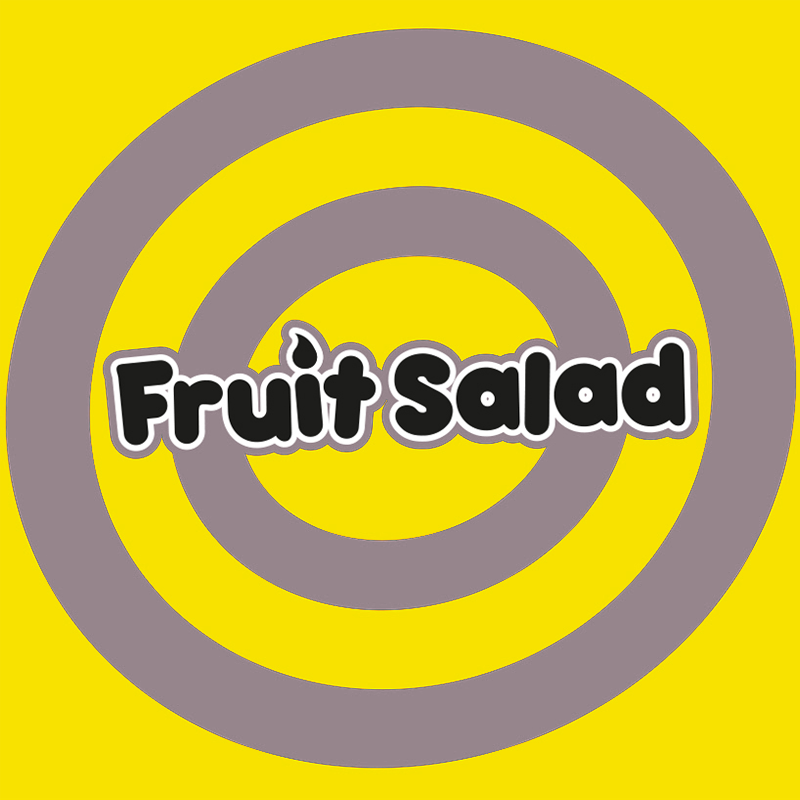


















Colour Blindness Explained
Whether you know someone who is colour blind, or just want to educate yourself, colour blindness means that certain colours aren't seen in the way most people see them, and in some rare cases colour may not be seen at all. Below we take a look at the different types of colour blindness:
Deuteranomaly - Deuteranomaly is the most common type of red-green colour blindness. This particular type of colour blindness makes green look more red. This type is mild and doesn't usually get in the way of normal activities.
Protanomaly - Protanomaly makes red look more green and less bright. Similar to Deuteranomaly this type is mild and usually doesn't get in the way of normal activities.
Protanopia and Deuteranopia - Both Protanopia and Deuteranopia make you unable to tell the difference between red and green.
Tritanomaly - Tritanomaly typically makes it hard to tell the difference between blue and green, and between yellow and red.
Tritanopia - Tritanopia makes you unable to tell the difference between blue and green, purple and red, and yellow and pink. It also makes the colours look less bright.
Monochromacy - Monochromacy is when you have complete colour blindness and you can't see colours at all. This is quite rare and depending on the type, you may also have trouble seeing clearly and you may be more sensitive to light.
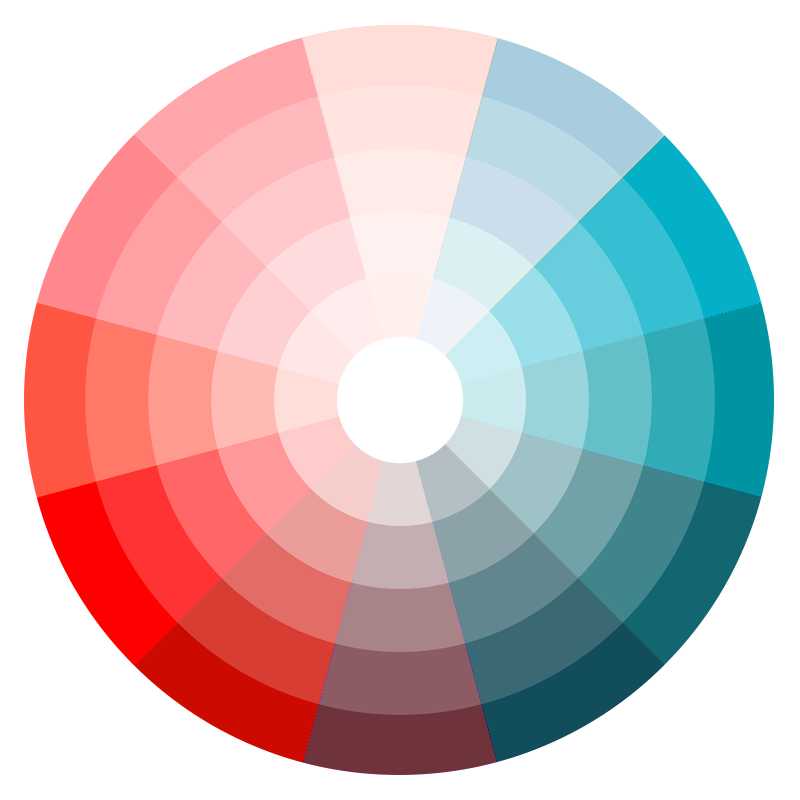
How Do People With Colour Blindness See The Logos Of Popular Brands?

Methodology:
We've compiled a list of 100 most popular UK brands who are currently active on Instagram. We analysed all Instagram posts within the first month of lockdown (23rd March - 23rd April 2020) as well as the same period the previous year. We categorised all posts using two main metrics: Empathetic and neutral.
Brands were picked based on their popularity and ratings, rated by YouGov. We also selected our top 100 brands based on activity and amount of followers on Instagram.
All figures quoted and used for calculations are rounded to the nearest whole number.
Sources:
https://yougov.co.uk/topics/overview/ratings
https://www.instagram.com/
In Britain today, there are over 3 million colourblind people which is around 4.5% of the entire population. With this in mind, it is important that we factor in these people when it comes to designing all marketing avenues, be it online, TV, print and various other marketing efforts.
Types of Colour Blindness
Select one of the colour blindness types from the list below to view the page from that perspective.
and Yellow and Red
Purple and Red, and Yellow and Pink
Most colour blind people are able to see things as clearly as anyone else but they often struggle with a variety of colours. The colours which are often affected are; red, green and blue.
Although there are different types of colour blindness, in some extreme and rare cases, people are unable to see any colour at all.

So What Does This Mean For Brand Logos And People With
Colour Blindness?
Select one of the colour blindness types below to view the logos from that perspective.












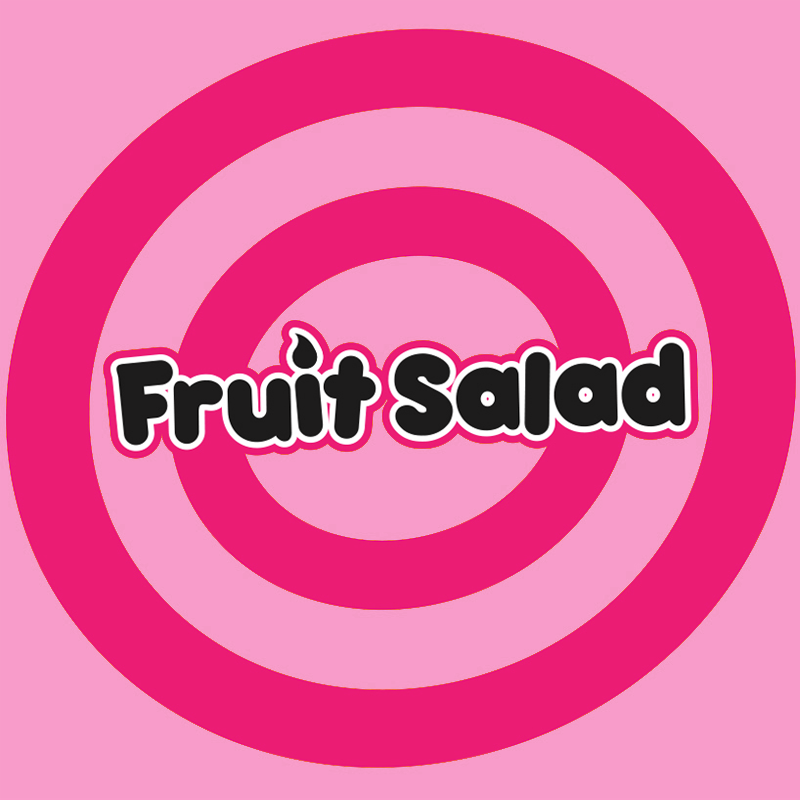




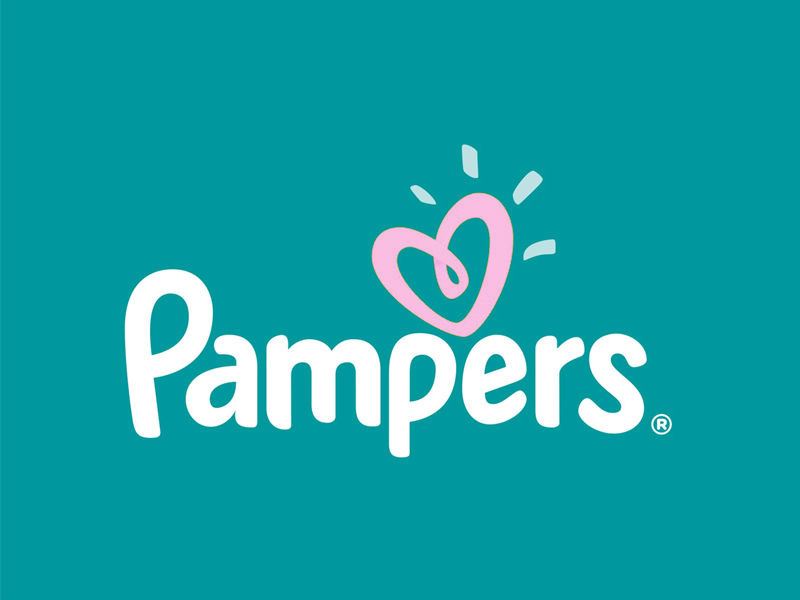













Colour Blindness Explained
Whether you know someone who is colour blind, or just want to educate yourself, colour blindness means that certain colours aren't seen in the way most people see them, and in some rare cases colour may not be seen at all. Below we take a look at the different types of colour blindness:
Deuteranomaly - Deuteranomaly is the most common type of red-green colour blindness. This particular type of colour blindness makes green look more red. This type is mild and doesn't usually get in the way of normal activities.
Protanomaly - Protanomaly makes red look more green and less bright. Similar to Deuteranomaly this type is mild and usually doesn't get in the way of normal activities.
Protanopia and Deuteranopia - Both Protanopia and Deuteranopia make you unable to tell the difference between red and green.
Tritanomaly - Tritanomaly typically makes it hard to tell the difference between blue and green, and between yellow and red.
Tritanopia - Tritanopia makes you unable to tell the difference between blue and green, purple and red, and yellow and pink. It also makes the colours look less bright.
Monochromacy - Monochromacy is when you have complete colour blindness and you can't see colours at all. This is quite rare and depending on the type, you may also have trouble seeing clearly and you may be more sensitive to light.

How Do People With Colour Blindness See The Logos Of Popular Brands?

Methodology:
We've compiled a list of 100 most popular UK brands who are currently active on Instagram. We analysed all Instagram posts within the first month of lockdown (23rd March - 23rd April 2020) as well as the same period the previous year. We categorised all posts using two main metrics: Empathetic and neutral.
Brands were picked based on their popularity and ratings, rated by YouGov. We also selected our top 100 brands based on activity and amount of followers on Instagram.
All figures quoted and used for calculations are rounded to the nearest whole number.
Sources:
https://yougov.co.uk/topics/overview/ratings
https://www.instagram.com/
In Britain today, there are over 3 million colourblind people which is around 4.5% of the entire population. With this in mind, it is important that we factor in these people when it comes to designing all marketing avenues, be it online, TV, print and various other marketing efforts.
Types of Colour Blindness
Select one of the colour blindness types from the list below to view the page from that perspective.
and Yellow and Red
Purple and Red, and Yellow and Pink
Most colour blind people are able to see things as clearly as anyone else but they often struggle with a variety of colours. The colours which are often affected are; red, green and blue.
Although there are different types of colour blindness, in some extreme and rare cases, people are unable to see any colour at all.

So What Does This Mean For Brand Logos And People With
Colour Blindness?
Select one of the colour blindness types below to view the logos from that perspective.












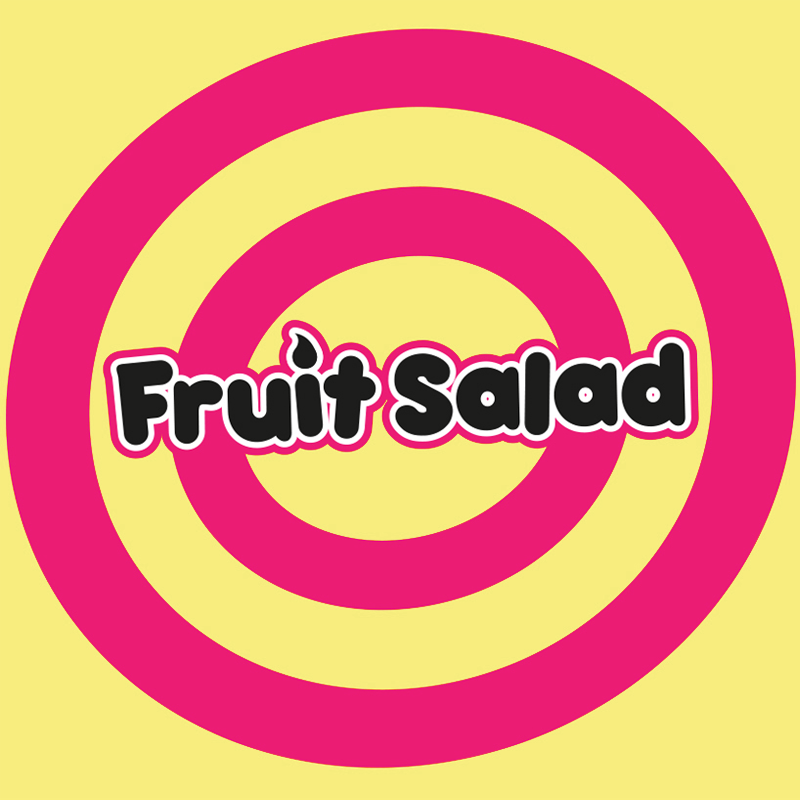


















Colour Blindness Explained
Whether you know someone who is colour blind, or just want to educate yourself, colour blindness means that certain colours aren't seen in the way most people see them, and in some rare cases colour may not be seen at all. Below we take a look at the different types of colour blindness:
Deuteranomaly - Deuteranomaly is the most common type of red-green colour blindness. This particular type of colour blindness makes green look more red. This type is mild and doesn't usually get in the way of normal activities.
Protanomaly - Protanomaly makes red look more green and less bright. Similar to Deuteranomaly this type is mild and usually doesn't get in the way of normal activities.
Protanopia and Deuteranopia - Both Protanopia and Deuteranopia make you unable to tell the difference between red and green.
Tritanomaly - Tritanomaly typically makes it hard to tell the difference between blue and green, and between yellow and red.
Tritanopia - Tritanopia makes you unable to tell the difference between blue and green, purple and red, and yellow and pink. It also makes the colours look less bright.
Monochromacy - Monochromacy is when you have complete colour blindness and you can't see colours at all. This is quite rare and depending on the type, you may also have trouble seeing clearly and you may be more sensitive to light.

How Do People With Colour Blindness See The Logos Of Popular Brands?

Methodology:
We've compiled a list of 100 most popular UK brands who are currently active on Instagram. We analysed all Instagram posts within the first month of lockdown (23rd March - 23rd April 2020) as well as the same period the previous year. We categorised all posts using two main metrics: Empathetic and neutral.
Brands were picked based on their popularity and ratings, rated by YouGov. We also selected our top 100 brands based on activity and amount of followers on Instagram.
All figures quoted and used for calculations are rounded to the nearest whole number.
Sources:
https://yougov.co.uk/topics/overview/ratings
https://www.instagram.com/
In Britain today, there are over 3 million colourblind people which is around 4.5% of the entire population. With this in mind, it is important that we factor in these people when it comes to designing all marketing avenues, be it online, TV, print and various other marketing efforts.
Types of Colour Blindness
Select one of the colour blindness types from the list below to view the page from that perspective.
and Yellow and Red
Purple and Red, and Yellow and Pink
Most colour blind people are able to see things as clearly as anyone else but they often struggle with a variety of colours. The colours which are often affected are; red, green and blue.
Although there are different types of colour blindness, in some extreme and rare cases, people are unable to see any colour at all.

So What Does This Mean For Brand Logos And People With
Colour Blindness?
Select one of the colour blindness types below to view the logos from that perspective.































Colour Blindness Explained
Whether you know someone who is colour blind, or just want to educate yourself, colour blindness means that certain colours aren't seen in the way most people see them, and in some rare cases colour may not be seen at all. Below we take a look at the different types of colour blindness:
Deuteranomaly - Deuteranomaly is the most common type of red-green colour blindness. This particular type of colour blindness makes green look more red. This type is mild and doesn't usually get in the way of normal activities.
Protanomaly - Protanomaly makes red look more green and less bright. Similar to Deuteranomaly this type is mild and usually doesn't get in the way of normal activities.
Protanopia and Deuteranopia - Both Protanopia and Deuteranopia make you unable to tell the difference between red and green.
Tritanomaly - Tritanomaly typically makes it hard to tell the difference between blue and green, and between yellow and red.
Tritanopia - Tritanopia makes you unable to tell the difference between blue and green, purple and red, and yellow and pink. It also makes the colours look less bright.
Monochromacy - Monochromacy is when you have complete colour blindness and you can't see colours at all. This is quite rare and depending on the type, you may also have trouble seeing clearly and you may be more sensitive to light.


